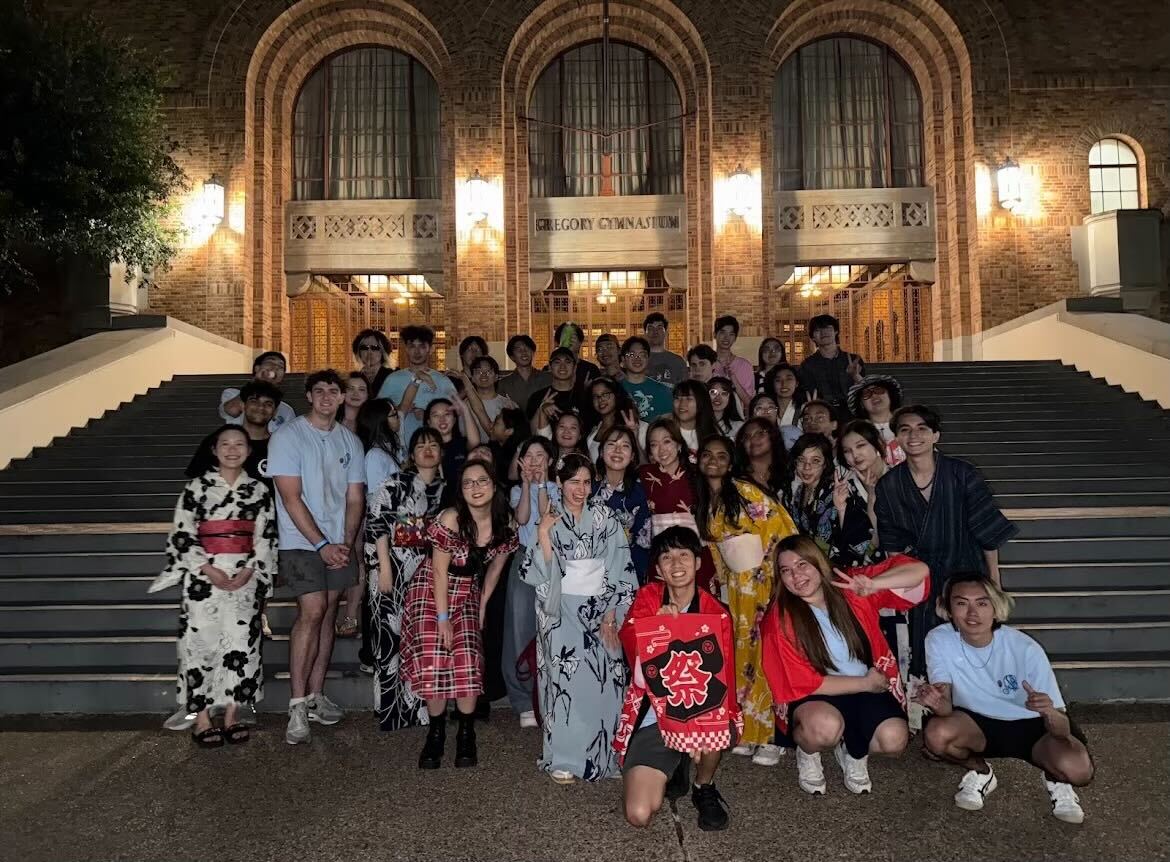One linguistics junior gained sympathy for her favorite winged creature by speaking the language of bats. Jennifer Tucker found her longstanding love for the animal after she earned her own wings in the Air Force.
“When I moved to Texas while serving in the Air Force, I was looking for volunteer opportunities that would connect me with my personal interests and let me get to know Texas better,” Tucker said. “That’s when I first realized that Texas is home to the largest colony of bats in the world at Bracken Cave and organizations like Bat Conservation International and Bat World Sanctuary.”
Now, Tucker is taking the role of Bat Woman to a new level by kicking off BATX, a bat conservation project.
Every fall and spring semester, $5 of every student’s tuition is set aside to fund student-designed environmental projects on campus. Through the Green Fee, students are able to apply for a competitive grant by pitching their project to a committee of six students and three faculty members. Last summer, Tucker earned the grant for her project idea to reverse a negative stigma around bats.
“My proposal included a lot of things, including a pollinator garden and bat house,” Tucker said. “The portion that ended up getting funded was for bat walks and workshops where we teach people about native Texas bats and why they’re so important to the environment and our agricultural economy.”
BATX workshops are designed for participants with a range of experience studying bats. Powerpoint presentations with trivia, craft projects and live bat presentations from Austin Bat Refuge are what to expect in a meeting. Tucker said bat walks are scheduled in the spring where project team members will use a tablet and special bat detecting microphones to pick up echolocation calls in order to identify bats by their species.
Campus Environmental Center, CEC, advisor Brianna Duran said Tucker’s passion and experience have enabled her to see such progress with BATX. Tucker’s enthusiasm is what made her stand out, which landed her compensation for her hard work when she applied for the Green Fee grant.
“As a student you can get funding for supplies or other expenses like that, but she was able to apply and (get) paid for her time so she gets a wage as a student employee through that Green Fee funding,” Duran said.
CEC project ambassador James Collins said student-run projects like BATX where individuals are able to share their passion and promote sustainability are what make for a more full educational experience.
“Coming into a university, the whole idea here is we’re learning about totally different perspectives and interests every day,” Collins said. “Supporting these kinds of interests and people who are passionate about it builds that diversity of perspective and opinion.”
Soon, Tucker hopes BATX will out grow its status as a Green Fee project and allow for more creative sustainability projects to flourish and create an even larger scope of new perspectives on campus.
“We’d love to grow this CEC project into it’s own free-standing student organization, because it would mean that BATX has a strong core group interested in this mission of conservation education,” Tucker said. “It would open up the space for the Campus Environmental Center to foster other new projects like mine.”














